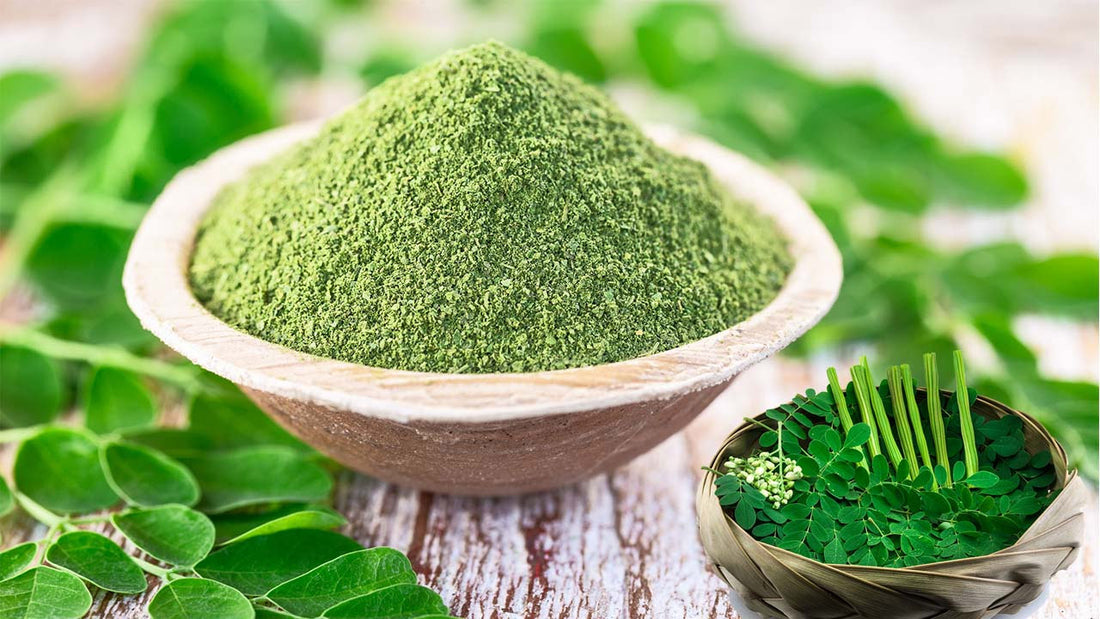Nutritional analyses indicate that Moringa leaves contain a wealth of essential, disease-preventing nutrients. They even contain all of the essential amino acids, which is unusual for a plant source. Since the dried leaves are concentrated, they contain higher amounts of many of these nutrients, except vitamin C.
Nutritional contents of vegetable matter can vary depending on varieties, seasons, climate, and soil conditions. Thus, different analyses produce different figures. For example, some studies show potassium content of Moringa leaves as lower and iron content as higher than what is shown here.
The information used in this book for fresh Moringa leaves comes from Gopalan, et al., based mostly on analysis done at the National Institute of Nutrition in Hyderabad, India.1 Information on dried Moringa leaves comes from Fuglie, based mostly on analysis sponsored by Church World Service and the Department of Engineering at the University of Leicester and performed by Campden & Chorleywood Food Research Association in Gloucestershire, UK.5
Vitamin A is obtained from vegetables in the form of its precursor, carotene.
The intestines only absorb a fraction of the carotene in foods. Thus, there are differing views on how to calculate the amount of carotene that is absorbed and converted to vitamin A. For vitamin A content, Gopalan et al. and Fuglie simply give the figures for carotene or beta-carotene. The most commonly accepted conversion factor of carotene to vitamin A (retinol) is 6:1.

